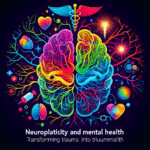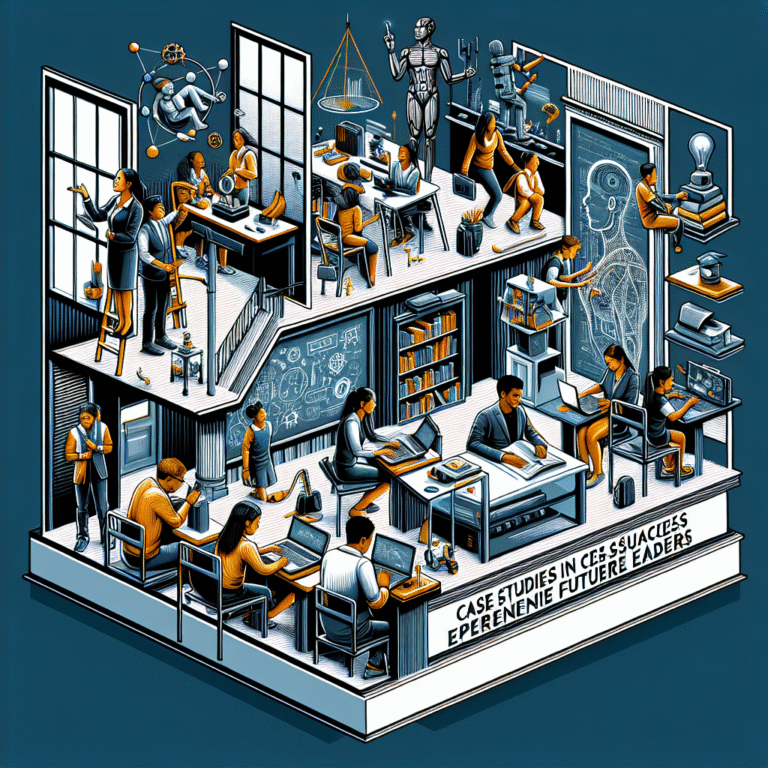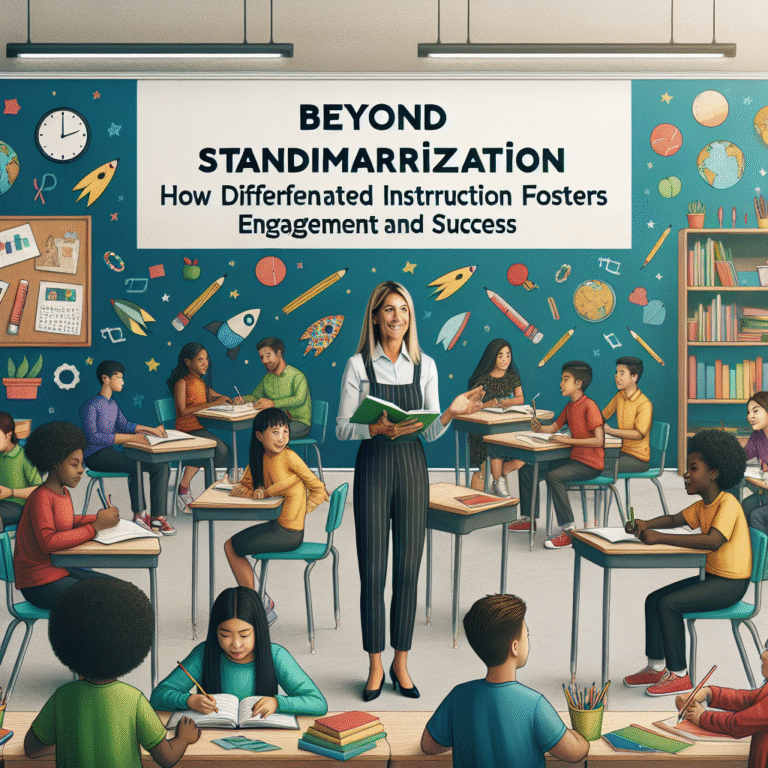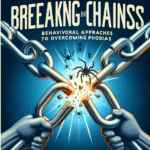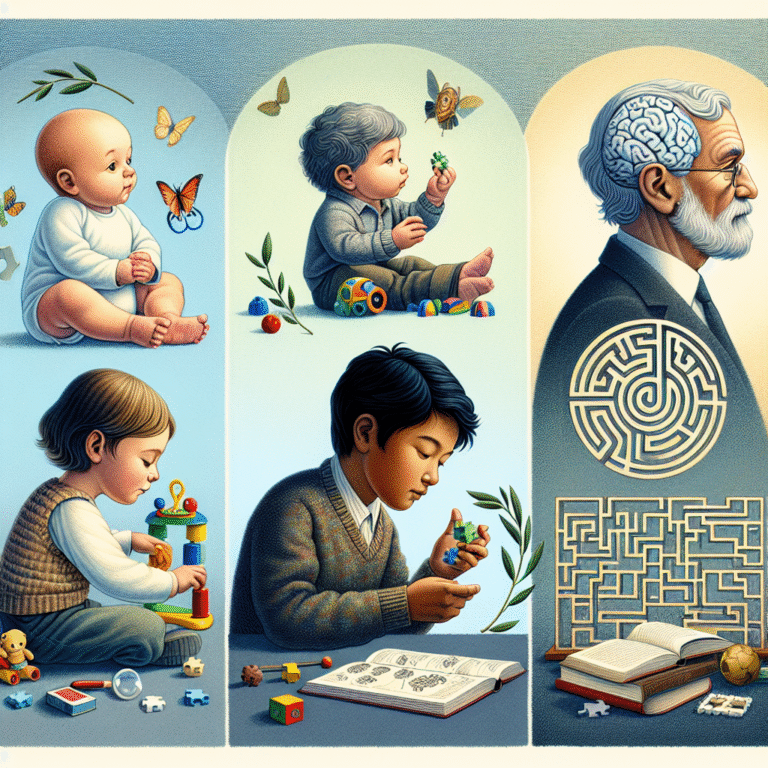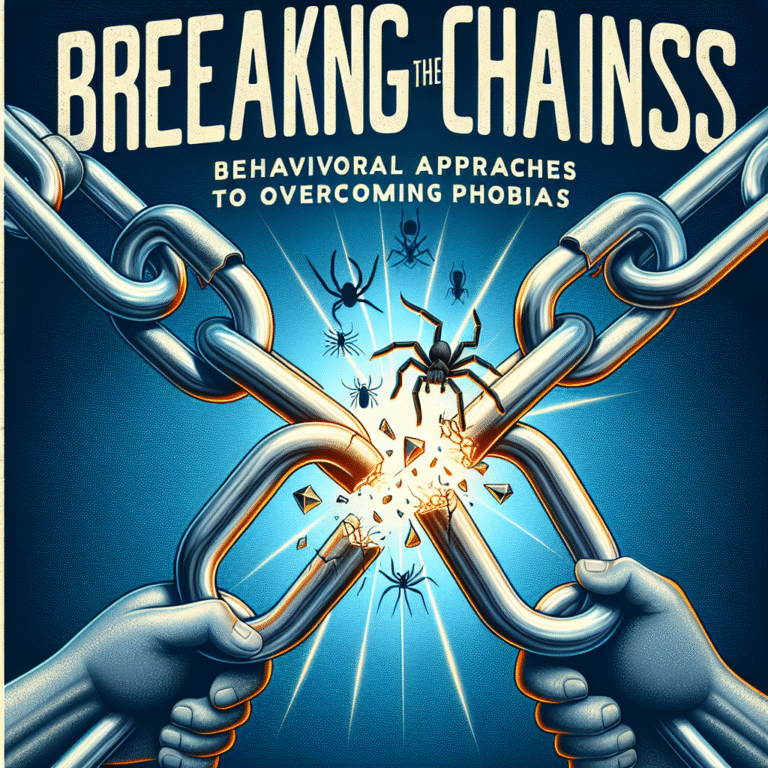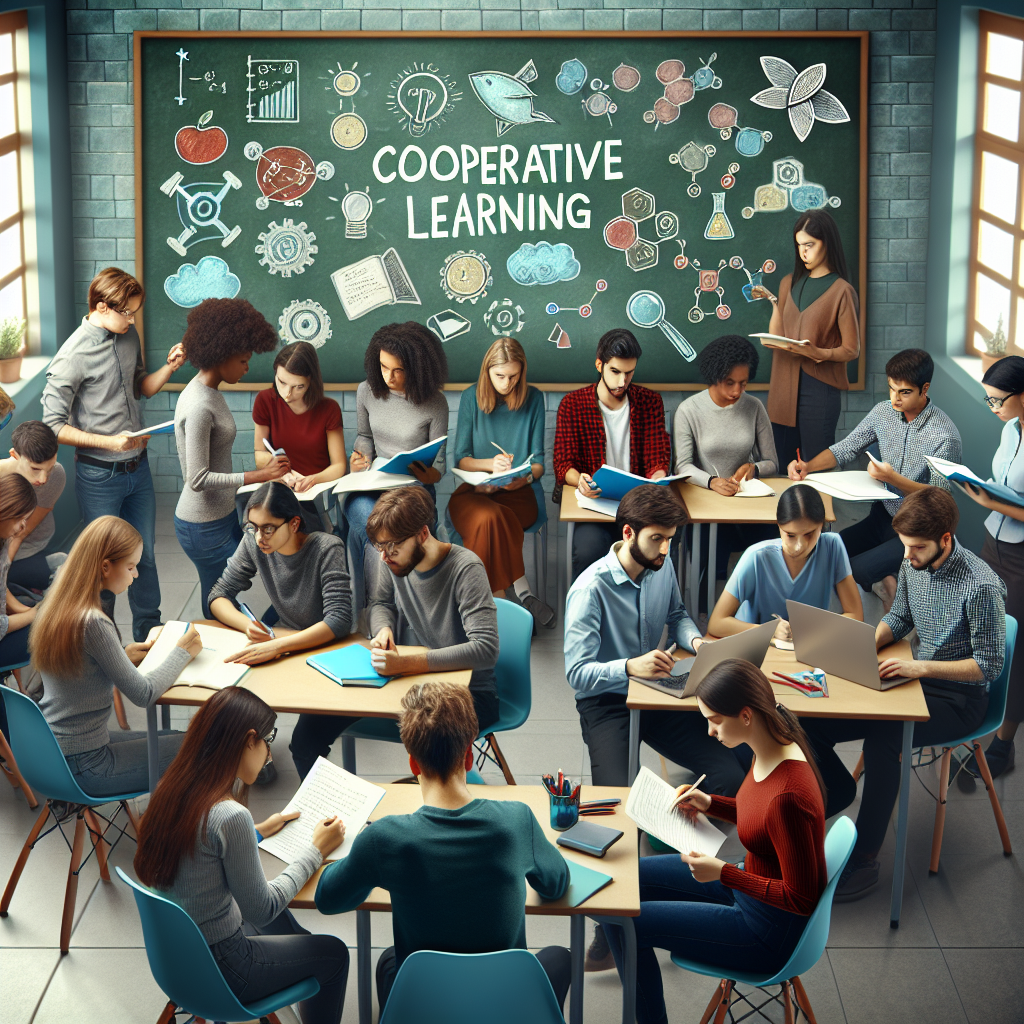
Introduction
In an era where education is rapidly evolving, the question of how to effectively engage students has never been more pertinent. Imagine a classroom buzzing with excitement, where collaboration flourishes, and students not only absorb knowledge but also deepen their understanding through interaction. Welcome to the world of cooperative learning—a dynamic approach that holds immense promise for enhancing student success. In this article, The Science Behind Cooperative Learning: What Research Tells Us, we delve into the underlying principles that make cooperative learning an essential method in educational settings.
The Essence of Cooperative Learning
Cooperative learning is an instructional strategy where small groups of students work together to achieve a common goal. This method contrasts sharply with traditional, individualistic teaching approaches. But what makes cooperative learning so effective? Let’s explore the scientific underpinnings and the empirical evidence that supports its widespread use in classrooms around the world.
Key Principles of Cooperative Learning
Cooperative learning is based on several key principles:
- Positive Interdependence: Each member’s success is linked to the group’s success.
- Individual Accountability: Each student is responsible for their contribution and must demonstrate their understanding.
- Face-to-Face Interaction: Students engage in direct communication to promote learning.
- Interpersonal and Small Group Skills: Students develop the skills necessary for effective teamwork.
- Group Processing: Groups reflect on their performance to improve future interactions.
Research Insights
Studies reveal that cooperative learning fosters higher academic achievement, improved interpersonal skills, and enhanced self-esteem among students. According to a meta-analysis by Johnson and Johnson (1989), cooperative learning results in academic performance that is higher than individualistic learning. This suggests that the synergy created by working together aids comprehension and retention.
Table 1: Comparative Benefits of Cooperative Learning vs. Individual Learning
| Benefit | Cooperative Learning | Individual Learning |
|---|---|---|
| Academic Achievement | Higher | Lower |
| Interpersonal Skills | Enhanced | Minimal |
| Engagement | Increased | Decreased |
| Motivation | Boosted | Lower |
| Retention of Information | Improved | Moderate |
Case Studies Illustrating Cooperative Learning
Case Study 1: The Jigsaw Classroom
Developed by Elliot Aronson in the 1970s, the Jigsaw Classroom is a classic example of cooperative learning. In this approach, students are divided into groups, with each member responsible for learning a specific aspect of a lesson. They then come together to teach their peers.
Relevance: Research shows that students in Jigsaw groups exhibit greater engagement and retention. A study published in the Journal of Educational Psychology found that students in a Jigsaw setting scored higher on assessments than those in traditional settings.
Case Study 2: Cooperative Learning in STEM
In a recent study conducted at a high school in California, teachers implemented cooperative learning strategies in a mathematics class. Students were paired up to solve complex problems, promoting discussion and shared problem-solving strategies.
Relevance: The results indicated not only improved test scores but also a noticeable increase in students’ self-confidence and interest in STEM subjects. This highlights how cooperative learning can reinvigorate challenging subjects.
The Role of Technology in Cooperative Learning
Online Collaborative Tools
With the advent of technology, cooperative learning has taken on new dimensions. Tools like Google Classroom, Padlet, and Jamboard facilitate collaboration, even beyond the classroom walls. Students can work together asynchronously, sharing ideas, resources, and feedback.
The Impact on Distance Learning
The shift to online learning due to the pandemic has underscored the importance of collaboration. A study published in the International Journal of Distance Education Technologies found that students who engaged in cooperative learning activities online had higher satisfaction rates and perceived learning than those who did not.
The Cognitive and Psychological Benefits
Enhanced Retention and Understanding
Research supports the notion that cooperative learning leads to better long-term retention of information. The cognitive load theory explains this by suggesting that sharing the mental burden among peers allows for deeper processing of material.
Development of Social Skills
Beyond academics, cooperative learning nurtures vital social skills. As students collaborate, they learn negotiation, conflict resolution, and effective communication—skills that are paramount in both personal and professional contexts.
Challenges and Considerations in Implementing Cooperative Learning
Overcoming Resistance
While the benefits are clear, implementing cooperative learning can face resistance from both educators and students accustomed to traditional methods. Training and gradual integration can mitigate these challenges.
Assessing Group Work
One common concern is fair assessment. It’s crucial to develop effective evaluation strategies that account for group dynamics while still holding individuals accountable. Rubrics that outline clear expectations can provide a structured assessment framework.
Conclusion
The research is clear: cooperative learning is more than just a trend; it is a proven approach grounded in solid educational principles. The Science Behind Cooperative Learning: What Research Tells Us ensures that students are not only prepared academically but also equipped with essential interpersonal skills.
As educators, embracing this approach may not only foster better outcomes but also create a classroom environment rich in collaboration and respect. As we move forward, let us harness the power of cooperation to inspire a new generation of learners ready to tackle the complexities of the modern world.
FAQs
1. What is cooperative learning?
Cooperative learning is an educational approach where students work together in small groups to achieve a common learning goal, fostering collaboration and engagement.
2. How does cooperative learning affect academic performance?
Research shows that cooperative learning typically enhances academic performance due to increased engagement, motivation, and retention of information.
3. Can cooperative learning be applied in online education?
Absolutely! Technology facilitates cooperative learning through online tools that allow students to collaborate and communicate effectively, regardless of their physical location.
4. What skills do students develop through cooperative learning?
Students develop essential skills such as teamwork, communication, critical thinking, and conflict resolution through collaborative activities.
5. How can teachers assess students in cooperative learning groups?
Teachers can use rubrics that outline individual and group responsibilities, peer evaluations, and self-reflections to assess student contributions effectively.
This comprehensive exploration of The Science Behind Cooperative Learning: What Research Tells Us serves as a guide to understanding and implementing effective collaborative strategies in education. As the needs of students evolve, adopting cooperative learning techniques becomes increasingly essential for fostering a holistic learning experience.
